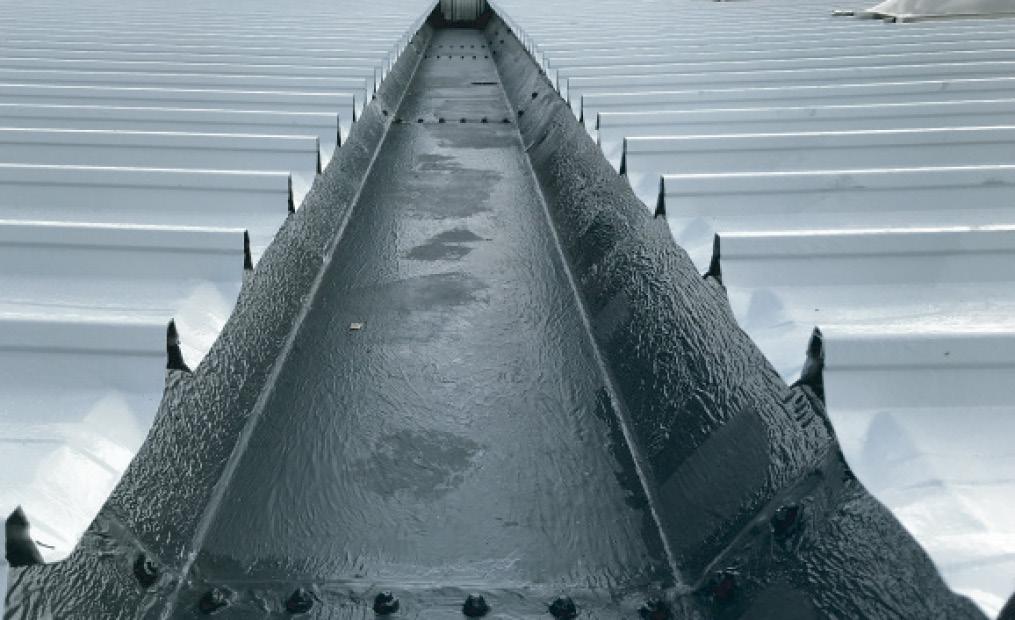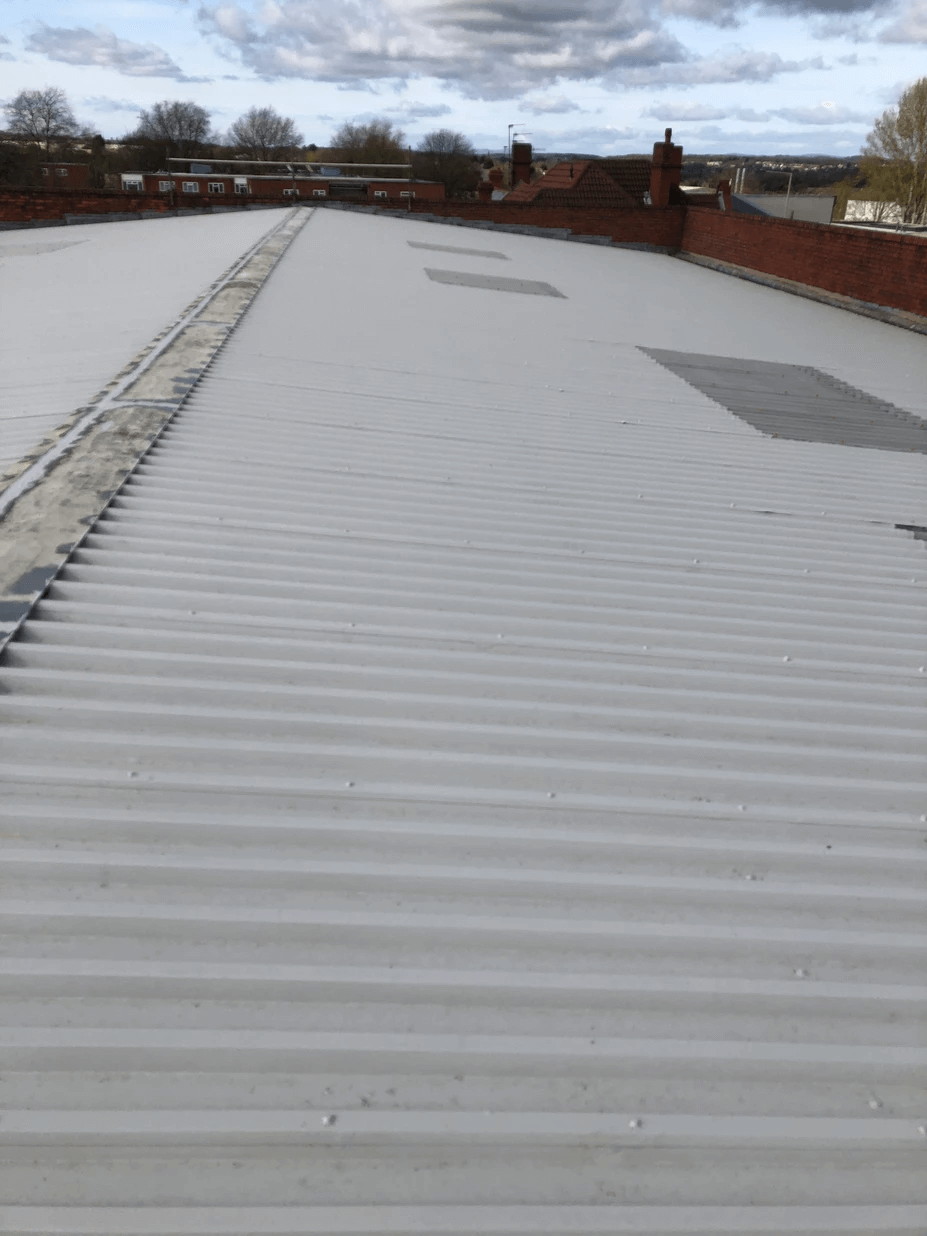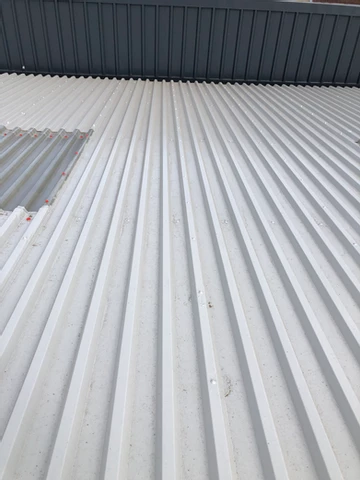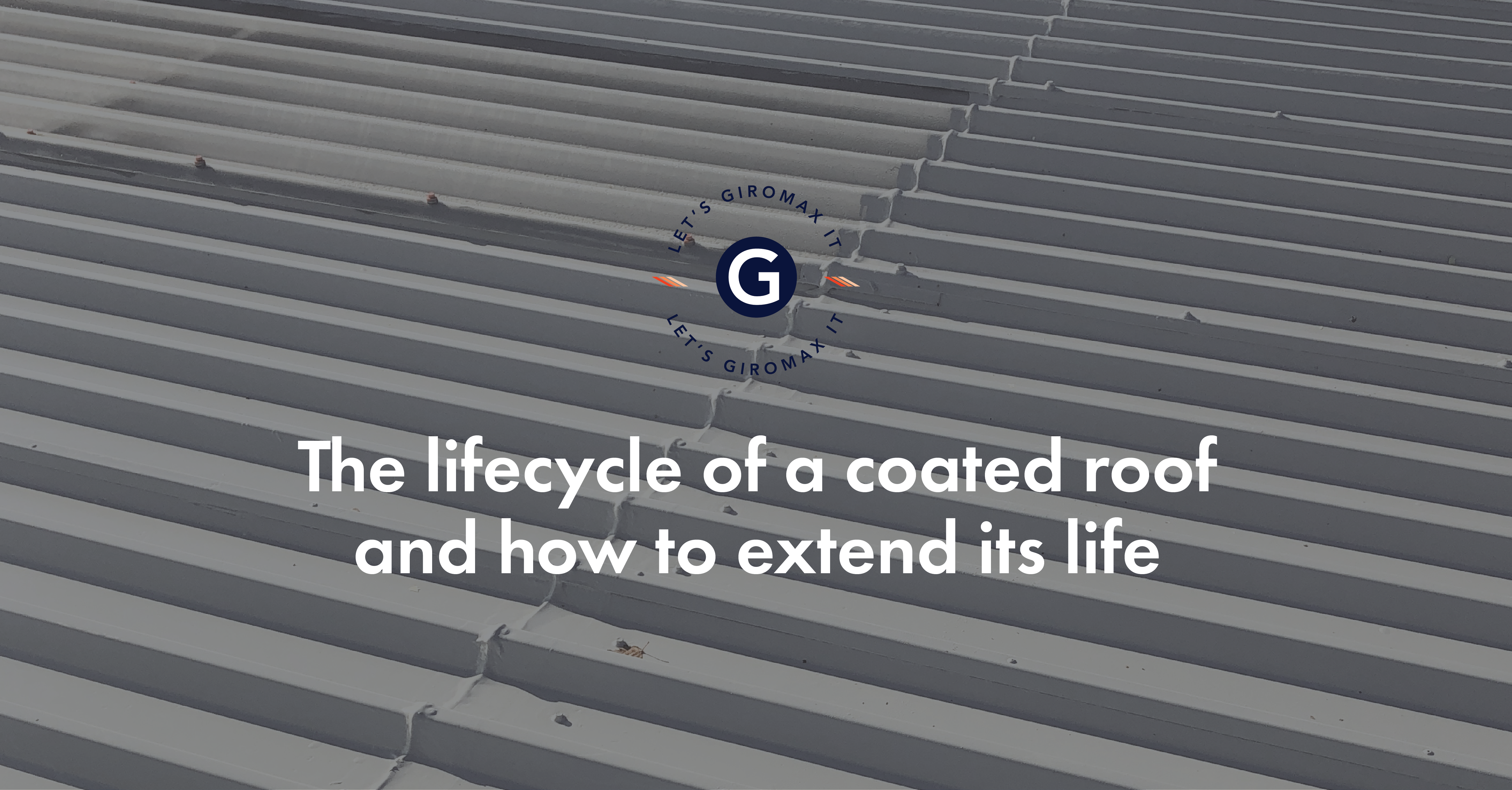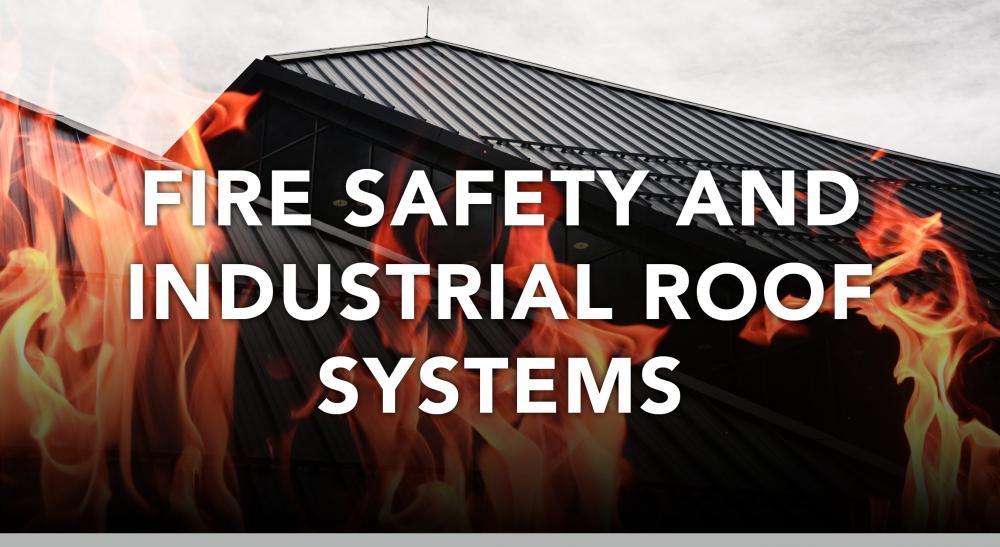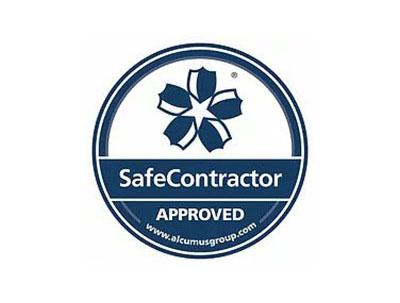Unforeseen Dilapidations
The legal ramifications of unforeseen dilapidations can be complex and expensive. So, it can be worthwhile discussing potentially unexpected risks and issues with your client. And this will add extra value to your input too, helping you to maintain relations with building owners.
We’ve put together some extra points for consideration to help you advise your client when you’re inspecting dilapidations. This article highlights some of the legal points that building owners need to consider at the end of a tenancy lease or in preparation for a business sale.
Schedule of Condition at the start of the lease period
The Schedule of Condition relating to the property is an important starting point. Where the Schedule of Condition is not carried out sufficiently, there’s very little room for legal manoeuvring later on. So, it’s important that your client begins any lease with a fully completed schedule, including high-quality images for avoidance of any doubt over the condition of the property at the start of the tenancy.
For the purposes of dilapidations, it’s absolutely essential to include key clauses that specifically refer to the Schedule of Condition. These clauses should fully reference yield up clauses and repairs, as well as decorating expectations and rent reviews, so that everyone knows exactly what’s expected of them.
Of course, it’s usual for the tenant to be required to undertake repairs and to redecorate the premises internally, externally or both. But it’s vital this is put down in writing. Building owners must state the exact responsibilities of the tenant, especially when it comes to drains, boilers and roofing issues, for example. It’s also important to include details about any expenses or professional fees that the tenant will be responsible for paying.
Landlords may need a Declaration of Intention
The whole point of dilapidations is the aim of returning the property to the building owner or landlord in the same state – or better – than at the start of the tenancy period. This ensures the landlord won’t be out of pocket when renting the premises out to the next tenant. But this implies the landlord will be retaining the property for the same, or similar, purposes.
These days, an increasing number of office and shop owners are deciding to convert buildings to living accommodation instead. And if this is the case, there’s no onus on the tenant to restore the property to its former state, since that would be of no benefit to the landlord. The landlord can issue a Declaration of Intention which will show the intended use of the premises going forward, which helps to clarify the situation for all parties.
Dilapidations and roofing
Clients can sometimes overlook the roof when preparing the Schedule of Condition, but the importance of subjecting this to a thorough survey will be at the forefront of any surveyor’s mind. Building owners or landlords may need reminding that this needs to happen at the start and the end of a lease. It safeguards both tenants and landlords against unwanted and unexpected costs at the end of the lease period, especially if the roof becomes damaged.
As a thorough roof inspection will reveal any problems or issues that could be of concern over time, this enables both the tenant and the landlord to see clear evidence of where the roof is in its lifecycle at the start of the lease term. So, any problems can be dealt with quickly and efficiently when the end of the lease is reached, avoiding any unexpected issues and nasty surprises in the long term.
Checking the roof for a Schedule of Condition report usually involves hiring a cherry picker for a few hours. It may be an additional cost for building owners, but when you explain the advantages of knowing exactly what condition the roof is in, it’s a highly worthwhile expense. Your client needs to remember their property can only retain its value and legal conditions, when a building has been thoroughly checked for any unforeseen dilapidation repairs.
When it comes to dilapidations, the Giromax team are on hand to provide you with technical guidance and market-leading roof coatings. Call 01455 558969 today or make an enquiry.
Get updates from us
Sign up to our newsletter to receive all the latest news and insights from Giromax Technology.
Subscribe to NewsletterRelated articles
The Lifecycle of a Coated Roof
What is the typical lifecycle of a coated roof? Depending on the substrate, structure and the type of coating, the...
The Impact of Climate Change on Buildings
Climate change isn’t something that any of us can afford to ignore, especially when we consider the negative effects it’s...
Fire Safety and Industrial Roof Systems
Industrial roof fires may not always attract the same attention-grabbing headlines as those affecting domestic buildings, but the consequences can...

